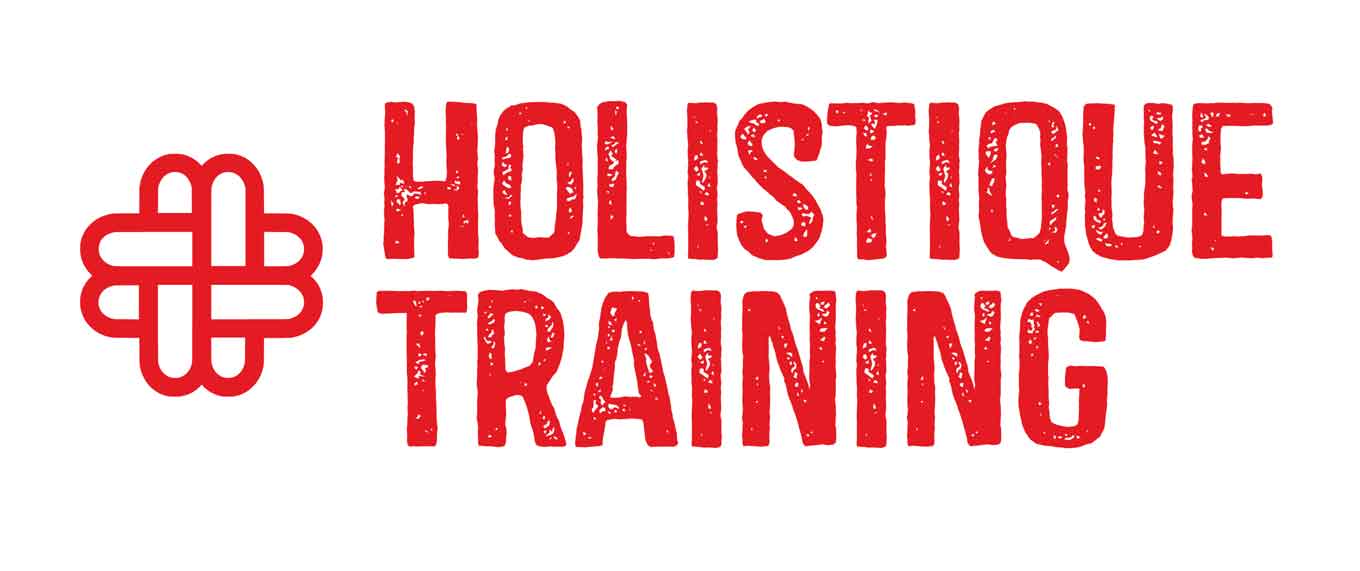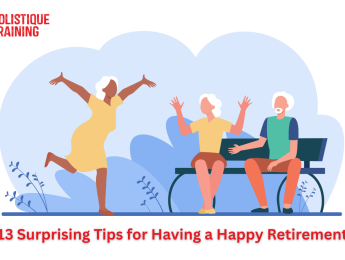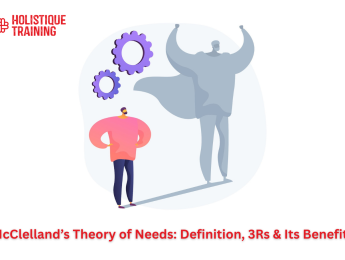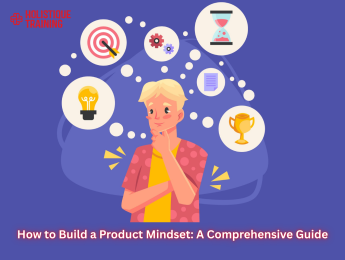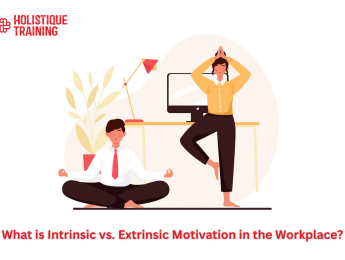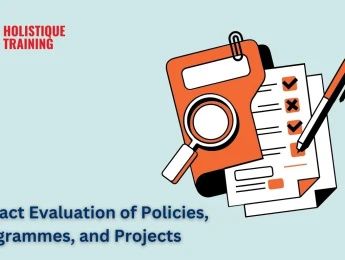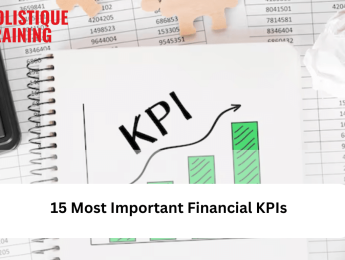- Table of Contents
- Introduction
- Why Happiness in Retirement Requires More than Money
- 13 Surprising Tips for a Truly Fulfilling Retirement
- 1. Learn Something Totally New:
- 2. Volunteer in Causes That Align with Your Passions:
- 3. Move to a New Town (or Country!) for a Fresh Perspective:
- 4. Create a Retirement Bucket List and Actually Start Ticking It Off:
- 5. Teach What You Know:
- 6. Practice Mindfulness:
- 7. Build Intergenerational Friendships:
- 8. Limit News Intake:
- 9. Start a Part-Time Fun Job or Side Hustle:
- 10. Take a Social Media Detox Regularly
- 11. Embrace Minimalism for Mental Clarity Letting go of clutter:
- 12. Celebrate Small Wins with Mini “Retirement Parties”
- 13. Write Your Memoirs or Start a Blog Your story is worth telling:
- The Psychology of Purpose After Retirement
- How Social Connections Can Make or Break Your Retirement Experience
- Staying Physically Active in Fun and Unusual Ways
- Financial Freedom vs. Financial Fear: How to Manage the Shift
- Mental Health, Identity, and Emotional Balance
- Conclusion
Introduction
Imagine John, a corporate executive who had worked 40 years straight. When he retired, he expected a slow fade into irrelevance. For months, he sat in his garden, unsure what to do with himself. But then, he took a cooking class—just for fun. That one class led to new friends, a side hobby, and eventually a blog that connected him with thousands of other retirees. His retirement turned from boredom into brilliance.
Many people fear retirement as the end of their “productive” life. But what if we saw it as a second act—a new chapter for discovery, growth, and joy? Retirement doesn’t have to mean withdrawal from life. Instead, it can be a time of renewed purpose, fresh adventures, and deep contentment.
In this article, we’ll explore 13 surprising tips for a truly fulfilling retirement. These are not your average financial or travel advice. They are lifestyle and mindset shifts that can turn your golden years into a time of vibrant living. We’ll also dive into why happiness in retirement goes beyond just money, the psychology of purpose, the impact of social connections, and strategies for maintaining emotional and financial well-being.
Whether you’re recently retired or planning for the future, these insights will help you reimagine what retirement can be—joyful, meaningful, and uniquely your own.
Why Happiness in Retirement Requires More than Money
Financial stability is crucial, no doubt. It brings peace of mind and the freedom to choose how to spend your time. But studies repeatedly show that money alone does not equal happiness in retirement.
A study by the Harvard Study of Adult Development—one of the longest studies on happiness—found that the quality of our relationships is the number one predictor of long-term happiness, even more than income or status. Retirees who maintain strong social ties, feel a sense of purpose, and stay mentally engaged are far more satisfied than those who simply rely on savings.
The truth is, retirement happiness is a balance. Yes, you need financial planning—but you also need emotional planning. What will you do each day that brings you joy? Who will you spend time with? What goals will motivate you to get out of bed?
Moreover, financial fear can persist even for those with enough money. That’s why psychological readiness is just as important as a healthy bank account. The best retirement plans include time for leisure, self-discovery, volunteering, hobbies, and building new routines.
In short, money is a tool—but fulfillment is a mindset. Focusing solely on numbers can lead to stress and emptiness. Instead, aim for a holistic lifestyle design. That’s where the magic of retirement truly begins.
13 Surprising Tips for a Truly Fulfilling Retirement
Retirement is no longer just about rest—it's about reinvention. Here are 13 in-depth and unconventional ways to make your retirement not only fulfilling but exciting:
1. Learn Something Totally New:
Like Salsa Dancing or Coding Retirement provides the rare luxury of time—use it to learn something wildly outside your comfort zone. Whether it's salsa dancing, learning to code, painting, or even playing a musical instrument, acquiring new skills strengthens cognitive health and keeps your brain agile. According to a 2020 report from the Global Council on Brain Health, learning new, complex skills in later life improves memory and boosts emotional well-being. Plus, classes can be social—adding the bonus of new friendships.
2. Volunteer in Causes That Align with Your Passions:
Giving back creates a deep sense of fulfillment. Numerous studies, including one from the National Institute on Aging, link volunteering to lower rates of depression and longer lifespans. Choose causes close to your heart—animal welfare, environmental projects, youth mentoring—and commit your time or talents. The act of helping others creates a sense of purpose and boosts self-worth.
3. Move to a New Town (or Country!) for a Fresh Perspective:
A physical move can lead to an emotional and mental reboot. Whether it's relocating to a quieter town, a culturally vibrant city, or even retiring abroad, changing your surroundings forces you to see life through a new lens. Expat retiree communities in Portugal, Mexico, or Thailand, for example, are growing in popularity for their affordability and adventure.
4. Create a Retirement Bucket List and Actually Start Ticking It Off:
Don’t just fantasize—write it down. List out experiences you’ve always dreamed of: skydiving, learning Italian, visiting ancient ruins. A physical bucket list turns vague desires into clear goals. More importantly, checking off items builds momentum and injects purpose into your days.
5. Teach What You Know:
Offer Mentorship or Courses You’ve built a lifetime of wisdom—don’t let it go to waste. Whether through formal teaching, casual mentoring, or creating online content, sharing your knowledge validates your experience and helps others. Platforms like Udemy or Coursera even allow you to create and sell your own courses.
6. Practice Mindfulness:
Spiritual Reflection Retirement is a great opportunity to slow down and turn inward. Practicing mindfulness through meditation, yoga, or simple daily gratitude exercises can significantly reduce anxiety and improve emotional resilience. Even a few minutes of journaling or nature walks each day can lead to increased peace of mind and self-awareness.
7. Build Intergenerational Friendships:
Don't limit your social circle to people your own age. Young people offer fresh ideas, energy, and different worldviews. You can find them through volunteering, community education, or shared hobbies. These connections often become mutually enriching, combating ageism while bringing joy.
8. Limit News Intake:
Stay Informed Without Drowning in Negativity Being informed is important—but too much news, especially negative headlines, can erode mental health. Studies show that overexposure to distressing media contributes to increased anxiety and sleep disturbances. Consider setting boundaries—such as only reading news once per day or switching to solution-focused journalism.
9. Start a Part-Time Fun Job or Side Hustle:
Who says retirement means not working at all? Many retirees thrive by starting part-time jobs or passion-driven side hustles. Whether it’s dog walking, selling handmade goods, or consulting in your former industry, working on your terms adds structure and social interaction—without the stress of full-time employment.
10. Take a Social Media Detox Regularly
Constant notifications and online comparisons can drain your peace. Taking periodic breaks from social media helps reset your mental space, improve sleep, and foster deeper real-life connections. Use the time instead for reading, gardening, or having phone-free coffee dates.
11. Embrace Minimalism for Mental Clarity Letting go of clutter:
physical and emotional—can be liberating. Downsizing possessions, commitments, and even relationships that no longer serve you creates space for what truly matters. Minimalism doesn’t mean deprivation—it’s about intentionality. Start with one drawer, one habit, or one commitment, and build from there.
12. Celebrate Small Wins with Mini “Retirement Parties”
Why wait for birthdays or holidays? Celebrate life’s little victories. Finished a novel? Learned a new recipe? Host a cozy dinner, take yourself out, or enjoy a special treat. These rituals reinforce progress and inject joy into your routine.
13. Write Your Memoirs or Start a Blog Your story is worth telling:
Writing memoirs, starting a blog, or even recording voice notes of your life experiences can be incredibly therapeutic. It allows for reflection, healing, and legacy-building. You might inspire others—or simply create something meaningful for your family and future generations.
The Psychology of Purpose After Retirement
After retirement, many people report feeling adrift. Why? Because for decades, our jobs provide structure, goals, and validation.
When that disappears, it’s natural to feel a void. But research suggests that maintaining a sense of purpose is key to a happy retirement. According to a 2019 study published in JAMA Network Open, people with a strong sense of life purpose had a significantly lower risk of death and cardiovascular disease.
Purpose doesn’t have to mean changing the world. It could be gardening with care, helping neighbors, or starting a book club. The goal is to engage in meaningful, intentional activities that give you a reason to get up each day.
Retirement is a time to redefine yourself—not based on career titles, but on personal values. Whether through learning, service, or creativity, the pursuit of purpose is what keeps the spirit alive.
How Social Connections Can Make or Break Your Retirement Experience
Social isolation is one of the most overlooked retirement challenges. When work ends, so do many of the daily interactions that gave structure to life.
Strong social networks, however, are proven to reduce stress, boost immunity, and increase longevity. The Harvard Health blog notes that people with rich social lives are more likely to live longer than those who are isolated.
Here’s a quick comparison:
Social Behavior | Impact on Retirement Quality |
Weekly meetups with friends | Increased emotional resilience |
Volunteering with others | Greater sense of belonging |
Living alone without support | Higher risk of depression and anxiety |
Joining clubs or groups | Higher engagement and mental stimulation |
The key is to stay proactive: reconnect with old friends, join hobby clubs, or even host monthly potlucks. Community is not just comfort—it’s vital for health.
Staying Physically Active in Fun and Unusual Ways
When people think of retirement fitness, they often imagine repetitive gym workouts or long hours on a treadmill. But staying active in retirement doesn’t have to be dull or monotonous. In fact, this stage of life offers the perfect chance to explore movement in ways that are both enjoyable and meaningful.
Here are some creative and refreshing ways to keep your body moving without feeling like it’s a chore:
- Tai Chi in the Park: This gentle martial art emphasizes slow, flowing movements and deep breathing. Practicing Tai Chi helps improve balance, coordination, and mental focus. It’s also an excellent way to relieve stress and reconnect with nature when done outdoors.
- Walking Clubs with Photography Themes: If walking alone feels uninspired, join or start a group that combines walking with photography. Capture interesting buildings, flowers, or wildlife during your strolls. This encourages exploration and adds a sense of purpose to each walk.
- Pickleball: This fast-growing sport is ideal for older adults. It’s easier on the joints than tennis, requires minimal equipment, and is very social. Playing regularly can boost cardiovascular health, coordination, and your social life all at once
- Aquatic Yoga or Water Aerobics: Water-based exercises are gentle on the body while still offering a full-body workout. Whether you prefer calm stretching or energetic cardio, pools provide a low-impact environment perfect for aging joints and muscles.
- Gardening with Intentional Movement: Digging, planting, and weeding may not seem like exercise, but they engage multiple muscle groups and promote flexibility and strength. Gardening also brings the added benefit of connecting with the earth and fostering calm.
- Nature Hikes with Purpose: Instead of routine walks, try hiking in different natural areas while birdwatching or plant identifying. This turns physical activity into an immersive experience that stimulates both body and mind.
Physical activity in retirement is not just about preserving health—it's about enhancing joy, autonomy, and daily vitality. According to the World Health Organization, adults aged 65 and older should engage in at least 150 minutes of moderate-intensity aerobic activity each week. But how you achieve that is up to you.
The key is to find movement that feels good and fits your lifestyle. The more personal and enjoyable the activity, the more likely it will become a lasting habit. Let retirement be the season when you move not just to stay fit—but to stay alive in every sense of the word.
Financial Freedom vs. Financial Fear: How to Manage the Shift
Even with savings, many retirees experience financial anxiety. The shift from earning to spending can trigger guilt or fear.
Here are two contrasting approaches:
Financial Approach | Common Result |
Over-saving with no enjoyment | Feelings of deprivation |
Overspending without a plan | Anxiety and regret |
A better path is intentional living:
- Create a monthly spending plan that reflects your values.
- Allow “fun money” for spontaneous joy.
- Avoid comparing your retirement lifestyle to others.
- Consult with a financial advisor annually.
Financial peace comes from balance—not extremes. Use your resources to support the life you love.
Mental Health, Identity, and Emotional Balance
Retirement can trigger questions like “Who am I without my job?” Losing your professional identity can feel like losing part of your self-worth.
It’s crucial to rebuild identity around your values, passions, and roles outside of work. That could mean becoming an artist, grandparent, volunteer, or explorer.
Emotional self-care matters:
- Journal your thoughts to process transitions.
- Practice gratitude daily to shift focus.
- Seek therapy if you feel prolonged sadness or anxiety.
Studies from the National Institute on Aging suggest that retirees who tend to their mental health report higher life satisfaction. Be gentle with yourself. You’re allowed to grow, redefine, and heal.
Conclusion
Retirement is not a formula—it’s a canvas. You get to paint your days with the colors of your choosing. Whether you’re dancing salsa in your living room, mentoring young minds, or writing poetry, your joy is valid. Forget what others say retirement “should” look like. This is your time.
So—which of these tips surprised you most?
Start with one. Just one. Then watch as your retirement transforms into a chapter of purpose, passion, and peace. And if this article inspired you, consider subscribing to our newsletter for more empowering insights. Because your retirement deserves to be brilliant.
